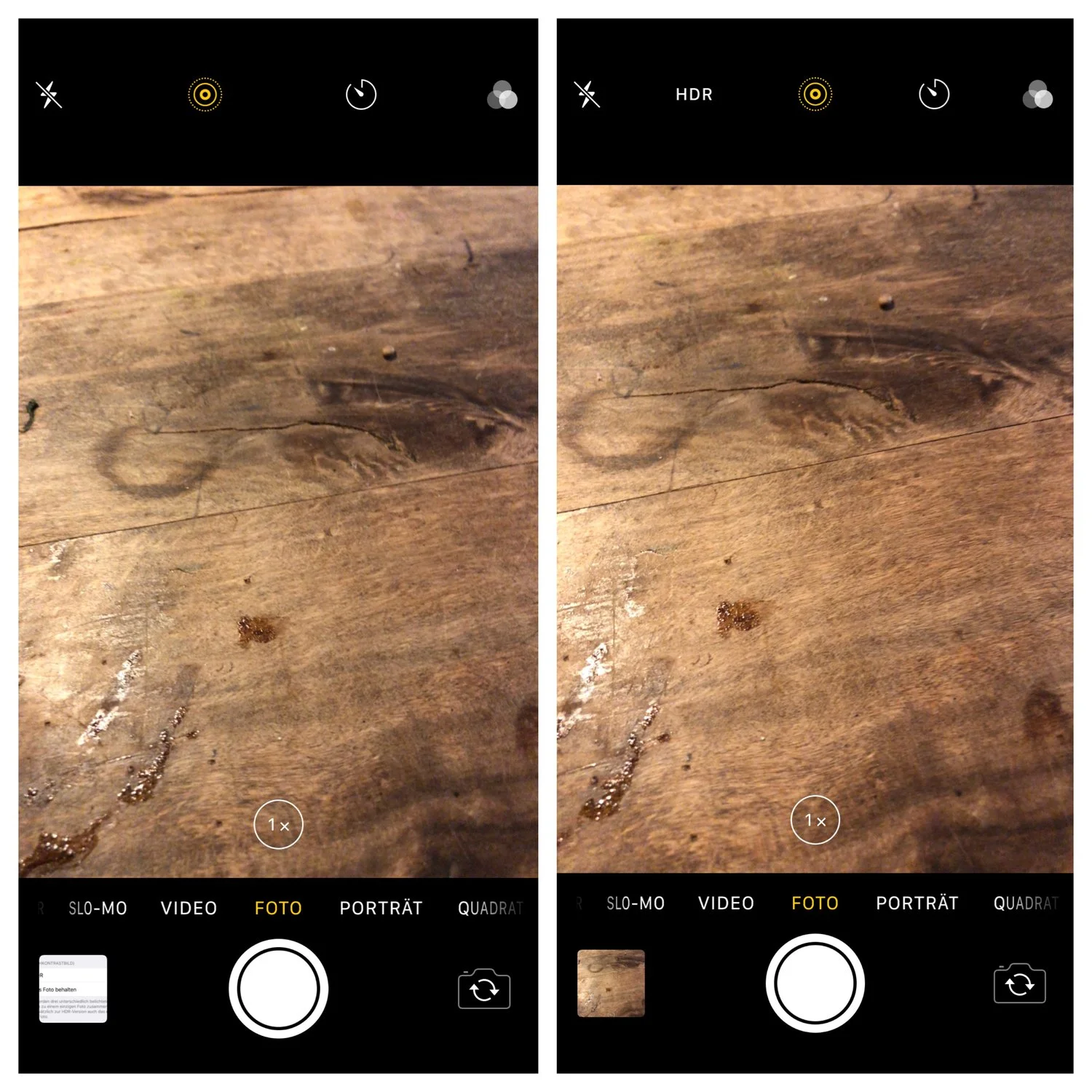Low light: iPhone X vs. iPhone 8 Plus vs. Galaxy Note 8 vs. Mate 10
I love non-scientific real world camera comparisons. This time I took the newest and best phones into our dimly light cellar.
I tried the Galaxy Note 8, the iPhone 8 Plus, the iPhone X and the Huawei Mate 10. Please note: Google doesn't sell the Pixel 2 in Switzerland. So, no Pixel. Sorry!
All four phones have double cameras. But the Huawei is at a slight disadvantage. It doesn't have a zoom lens and uses digital zoom. The second lens is the same focal length but with a black and white sensor. The zoom lens of the iPhone 8 Plus is the only lens in the comparison that isn't optically stabilized.
All photos were taken with the standard camera app. No special settings. And no flash.
iPhone X: 1x.
iPhone X: 2x.
iPhone 8 Plus: 1x.
iPhone 8 Plus: 2x.
Huawei Mate 10: 1x.
Huawei Mate 10: 2x (digital zoom).
Galaxy Note 8: 1x.
Galaxy Note 8: 2x.
The Note 8 obviously produces the brightest images. But what happens if you turn up the brightness of the iPhone X picture? Let's have a look:
Galaxy Note 8: 2x (no editing).
iPhone X: 2x (brightness adjusted).
And finally a comparison between the zoom lenses of the iPhone X and the iPhone 8 Plus. What a difference the optical images stabilization makes!
iPhone X: 2x with optical image stabilization.
iPhone 8 Plus: 2x without optical image stabilization.
In the end, I think it's amazing how smartphone photography improves with every new generation. A few years ago all these images would have turned out downright terrible.
What do you guys think of these comparisons? Let me know on Twitter.
P.S. The top and bottom pictures with all four phones were shot with my Sony A7 fullframe camera. It took a 30s exposure and a tripod to get these pictures at f/5 and ISO 100. Translation for non-photographers: It was quite dark.



